Welcome to another awesome post for #GivingTuesday, the gift that keeps on giving. Today we will focus on the wild and fantastic world of user interface design, helping today’s designers acquaint themselves and make use of some of the best resources that the world has to offer. Be it typography resources or design tutorials, designers have a lot of help and materials including articles, reasearch papers, videos and infographics, etc. to take advantage of.
In today’s world of touchscreens, user interface design has taken on a much larger meaning with custom-tailored user interfaces for tablets, smart phones, wearables, etc. Ensuring a peerless and enjoyable user experience for millions of users, a designer has to consider so much. It can be particularly daunting when it comes to striking that perfect balance between style, simplicity, and sophistication and user experience. Every aspect of design has to be carefully considered and tweaked such as typography.
But fear not o’ bold and brave designer. Help is here and with these resources, you will never hit a designer’s block. No matter how seasoned or newbie of a designer you are, these resources will get your creative juices flowing and keep the wheel of artful yet functional design humming along.
• Beginners Spot
Let’s start with some simple UI/UX tips, that every designer must know today.
1. It’s the little things that matter. Lets start with the basics:
User experience isn’t about a designer imposing their will on the users, it’s about a designer thinking things from the perspective of a user. Here are some little tips that make all the difference when designing a website:
Source: UX Movement
2. Quick Start Guide to UX Design
Want to understand the basics of user experience (UX) and how it is integral in letting users achieve their goals? Look no further than this simple yet comprehensive infographic:
3. Why Adopt Responsive Design at all?
How about some cold hard statistics and logical reasons to tell you why the world is embracing responsive design techniques when building their websites.
4. Images on your website should be responsive – The Why and How of it
We are living in an era where mobile data usage should also be taken into consideration when designing websites, especially the images there. We take a look at the problem, the requirements and then the solution to making the most efficient responsive images for your website.
5. How to Make an Effective Home Page on the Web:
Want a design an immaculate home page that puts user experience front, right and center? Consult this simple yet powerful infographic that shows you how to perfectly place the logo, search bar, navigational elements and content in a cohesive way:
• Advanced Class
Let’s take things a couple of notches higher in UI/UX Design.
1. UX is more than interface design and visual design:
As they say, the devil is in the details. Don’t miss the forest for the trees when it comes to user experience. There’s a lot that goes into making UX work as these handy bullet points will show:
2. Eye-tracking and its importance to UX
Eye-tracking is essential to designing delightful user experiences. Here’s how you can take advantage of human psychology to make natural, functioning websites:
3. One Size Fits all – A look at best practices for Responsive Design
You got so many mobile and desktop devices, each with their own specific screen size and resolution. If it wasn’t for responsive design, websites would have to redesign for every single screen size out there. From scratch that is. Luckily, this infographic tells you how responsive web design can benefit you and your brand with a raft of tips and tricks:
4. Key Elements of a Responsive Site
What are some of the most common elements present in a responsive website? This infographic will familiarize you with the basic anatomy the design elements and more. In short, it will show you the responsive web design just works.
5. Technical Aspects that can make or break a website
Effective website design is not the only thing to consider when the end goal is to attract and engage users. Issues such as website load times, color palette choices, website layouts, etc. can also play a huge role in website design as well. Take a look at some facts and figures here:
These are some of the resources that you can utilize to get started on user-centric design today. Remember, no matter how elaborate or labyrinthine your user interface ends up becoming, unless it scores well in the user experience department, it’s not worth it. In the world of design and interfaces, the user is always right.



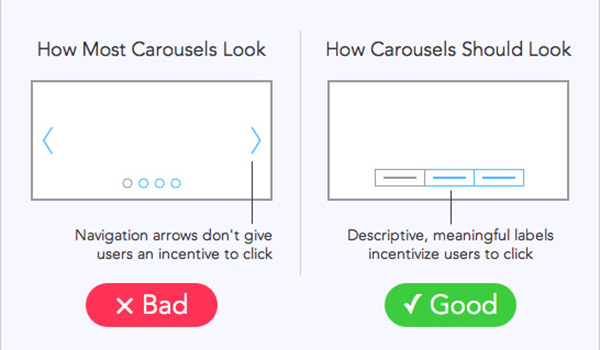
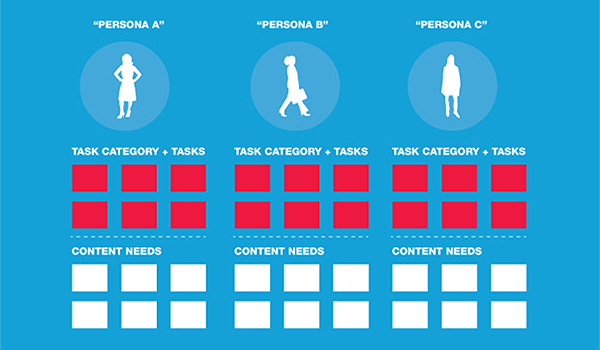
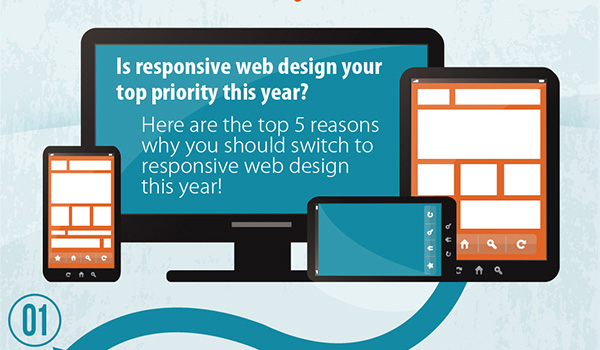
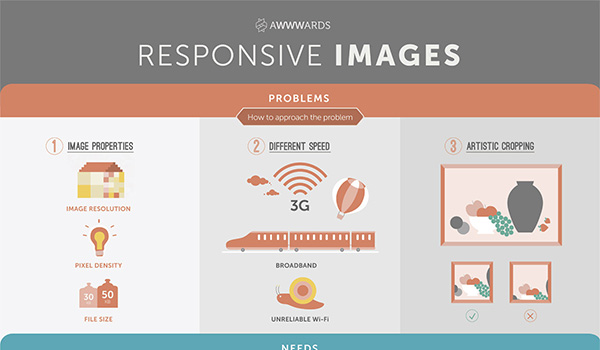
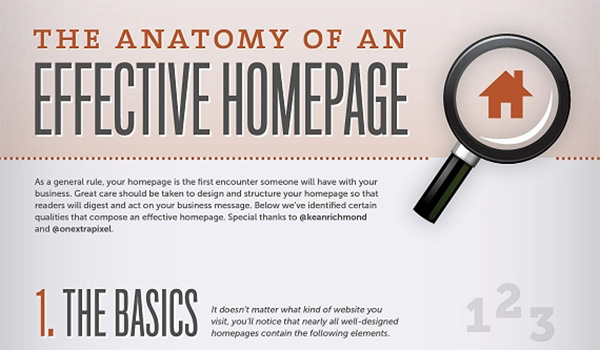
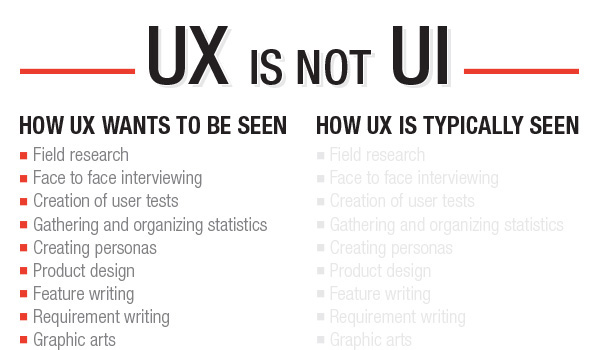
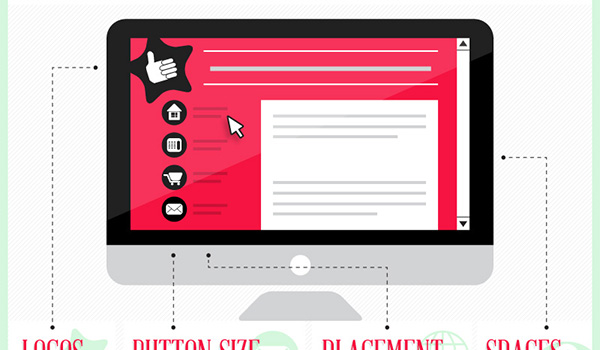
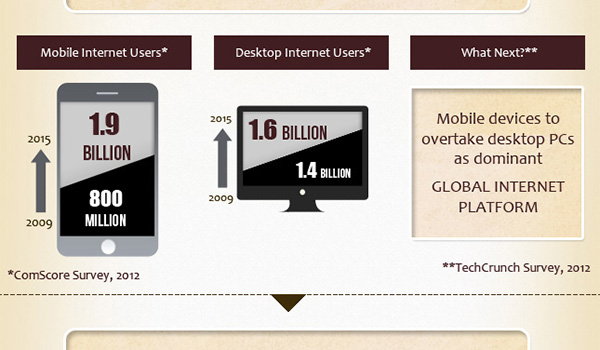
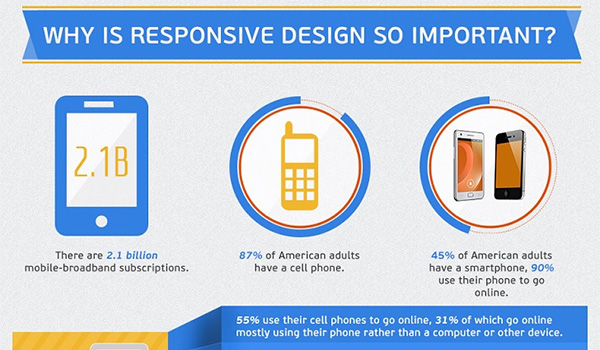
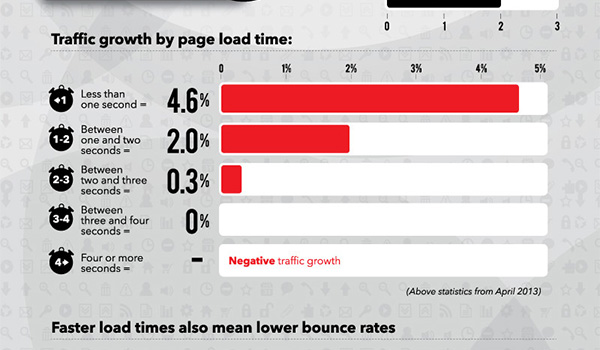



Hey Evan, Thanks for sharing simple yet informative Infographics. As a Web designer it got some new design ideas.